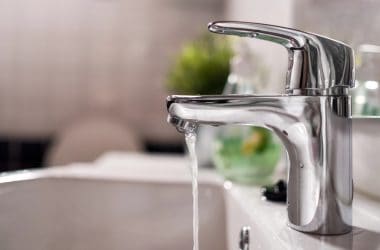Aquatic animals are the third most popular pet choice right after dogs and cats. This is hardly surprising since there is graceful and engaging beauty in aquatic life that makes them really great additions to any home- provided that you know how to actually care for them.
If you’re thinking of looking after aquatic life at home, it’s important to first get your container set up. You’ll need the aquarium ready ahead of time. You’ll want to have a good grasp of the amount of work needed too when it comes to looking after aquatic animals so you are set up to succeed. You’ll find that getting an aquarium maintained should be easy enough to do. With the following steps, it should be a stress-free and satisfying experience for you.
Choose the right aquarium.
Decide on the size and types of fishes that you want to bring home. Decide too whether you’d want one that is a saltwater or freshwater type. Decide too whether you’d want several species or if you’d prefer only a single one. How many of these fishes you want should also be something you must consider as well as this will help you determine the dimensions of the aquarium. Remember that the more fish your aquarium contains, the more there will be competing with the oxygen in the water. So, avoid overcrowding your aquarium if you want your fishes to thrive.
Make sure that water conditions in your aquarium are optimal.
You’ll need a good understanding of the different water conditions that different aquatic life requires. In particular, find out what specific water conditions your preferred fish and aquatic life requires so you can work towards creating the perfect environment for them to thrive. Among the things you should consider include:
- Getting the water conditioned. Tap water isn’t ideal for aquarium use due to the countless properties it contains that may be detrimental to aquatic life. You will need to get the water conditioned first through dechlorination before it can be deemed ideal enough to support aquatic life.
- Maintain the pH levels. The alkalinity or acidity of the water in your tank is determined by its pH level. You will want to have your own test kit for pH levels so you can easily check the overall levels in your tank as often as necessary. Freshwater species generally thrive in pH levels of 6.8 to 7.5. This is the same range where fish can resist illnesses. Recalibrating may be necessary at some point especially since a pH change of more than 0.3 within 24 hours can cause stress to the fish, making them more susceptible to diseases.
- Stabilize the temperatures. Another factor that can tip the balance in your aquarium are changes to water temperature. It is never a good idea to position the aquarium somewhere that it can get directly hit by sunlight. Avoid placing it near heating vents as well as this can quickly change the temperature of the water. If you have a tropical water fish, it is best to maintain the temperature at 72F to 82F. Investing in an aquatic heater will help you do a better job at keeping the temperature stable and ideal for your fish.









